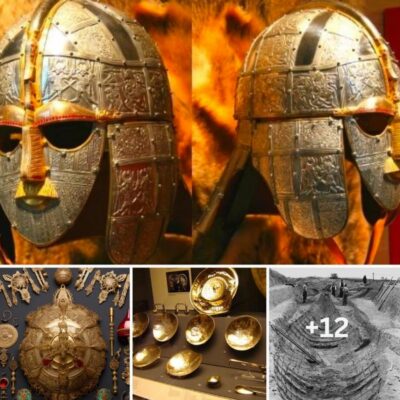Scientists think this may be a sign that on Saturn there are physical elements unknown to humans.
At Saturn’s poles, there exist giant cyclones that are arranged in neat patterns, stable for many years before dissipating. Until now, the scientific community has not been able to explain the amazing phenomenon, even many researchers are optimistic that we are looking at completely new concepts and physical formulas.
We know of the existence of these tornadoes thanks to the Juno mission launched by NASA in 2016. In Saturn’s northern hemisphere, a tornado is located near the center of the pole, surrounded by eight tornadoes. another vortex and form a strange octagon. In the southern hemisphere, another cluster of tornadoes also converged into a pentagon.


To explain the “extra-terrestrial” phenomenon, a team of scientists led by Professor Andrew Ingersoll began to study data sent by the Juno probe. The results of the study show that tornadoes the size of the United States are generated by a loop of wind against the tornado’s direction, creating ” the stability of the polygonal [cyclonic] pattern “. However, the research report published in the journal Nature continues to raise conundrums.

“ Since 2017, Juno has observed a tornado at Saturn’s north pole, surrounded by eight other tornadoes and arranged in an octagon. It is not clear why this structure is so stable, much less how it has been maintained for so long ,” the researchers wrote in the report.
” The polygonal structure and the single vortices that make up this structure have rotated steadily for four years, since Juno’s discovery of them ,” the team of scientists wrote. “ The polygonal structure rotates very slowly, or not at all… In contrast, Saturn possesses [two cyclones] at each pole ”.
To find out why the polygonal structure forms and stabilizes, Professor Ingersoll and his colleagues measured Saturn’s winds and storm-forming factors with instruments on board Juno. They discovered distinctive winds, which appear to form a ” scaffold ” that holds the tornadoes in place. However, the team did not find a convection factor in the Saturnian winds, which contrasts with previously published studies of Saturnian cyclones.
The team concludes that more future studies will be needed to explain the differences in scientific reports. Mr Ingersoll also asserted that the team’s work ” focuses on the vorticity and stability [of Saturn’s cyclones], suggesting this is the right direction of research “.

The beautifully shaped storms are just one of many amazing phenomena taking place on Saturn. And as the largest planet in the Solar System, it makes an ideal research model; From Saturn we can infer strange phenomena on other planets as well.
In a statement released by NASA in 2019, researcher Li Cheng of the Juno project and co-author of the new study, said: ” These tornadoes are strange weather phenomena that have never been seen before. present or predicted. Nature is introducing new physics concepts related to the motion of [matter] and how climate works on the major planets. We are just beginning to understand them through observation and simulation software. Future Juno missions will help us distill our understanding, to find out how tornadoes form over time .”
I appreciate you taking the time to read this post from Ideassimple. I hope you learn a lot about nature. Please leave a comment or share our article if you think it insightful and interesting. Thank you very much!











